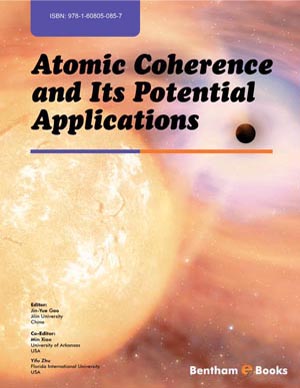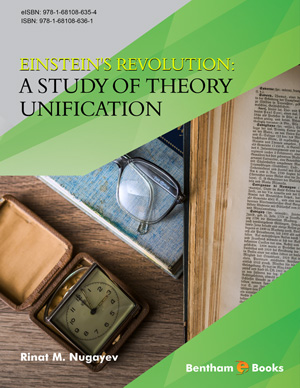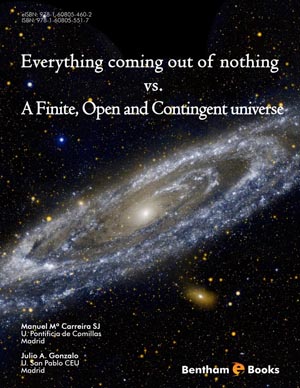Abstract
The time-dependent Schrödinger equation describes dynamical processes of one-electron species in terms of complex wave functions. The functions are inherently complex; therefore zeros occur only when both the real and imaginary parts of the wave functions vanish. If this happens at isolated points rather than on nodal surfaces one can show that the zeros must correspond to vortices. An imaging theorem is given which shows how such vortices can be seen experimentally. Since the theorem requires time propagation from microscopic to macroscopic scales, a method is developed that does just the same. Examples of vortices that emerge in dynamical processes are given. The vortices that we find are linked to the hydrodynamic interpretation of Schrödinger's time-dependent equation.








.jpg)




